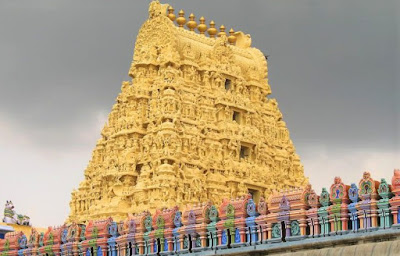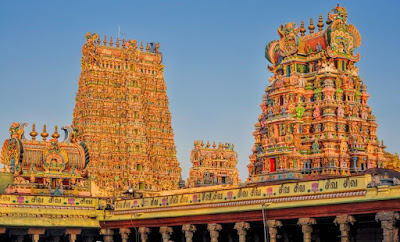Taj Mahal, Agra Overview
What is widely considered as the most beautiful building in the world, Taj Mahal is located in the historical city of Agra. Called as the "symbol of love", it was built by the Mughal Emperor Shah Jahan as a memorial for his third wife, Mumtaz Mahal. Every year visitors numbering more than the entire population of Agra passes through the magnificent gates to catch a glimpse of this breathtaking monument, and only a few leave disappointed. Shah Jahan said about the Taj that it made "the sun and the moon shed tears from their eyes".
The Taj Mahal stands for the Crown of Palaces in the Persian language. It rises from the dust-beaten earth of Uttar Pradesh, but even the wildest imaginations leave visitors underprepared for this world wonder. It is a breath stealing moment when the gates of this monument are traversed, and the Taj Mahal comes into focus. It is considered as the finest example of Mughal architecture and is now a UNESCO world heritage site. Covering a land over 60 bighas, the Taj Mahal was constructed using white marble obtained from Makrana in Rajasthan.
Rabindranath Tagore described it as "a teardrop in the cheek of eternity" while Rudyard Keepling said it is "the embodiment of all things pure". It took almost 17 years to complete the construction of the Taj Mahal, and it was finally completed by 1653. The tomb is laid out in a rectangular shape, and that can be approached through a massive gateway which has an arch and alcoves on either side of it. The Taj, so majestic from the exterior, has equally splendid artistic work done in the interiors. There are water channels and fountains in the entrance which makes the monument even more spectacular. Simply said, it is the most beautiful building in the world, and it's impossible to see it without feeling wonderstruck.
History of Taj Mahal
Over 20,000 people from all over Indian and Central Asia worked on this striking building. Specialists were brought from as far away as Europe who produced the beautiful marble screens and marble inlay (pietra dura) which is made of thousands of semi precious stones. Taj Mahal was designated as a World Heritage Site by UNESCO in 1983. It looks as pristine today as it was first constructed. The monument underwent a massive restoration project in the early 20th century.
Structure of Taj Mahal
The cenotaph of Mumtaz Mahal lies directly below the main dome. It is an elaborate false tomb which is surrounded by an elegant marble screen inlaid with various types of semi precious stones. , offsetting the symmetry of the Taj. The light enters the central chamber through finely cut marble screens. These tombs are false tombs as the real tombs of Mumtaz Mahal, and Shah Jahan lies in a locked room below the main chamber.
The complex houses a red sandstone mosque to the west which is a significant gathering place for the Muslims residing in Agra. There is an identical building to the east, the Jawab, which was built to maintain symmetry. Within the Taj lies the small Taj Museum which houses many original Mughal miniature paintings. Its primary attraction is a pair of 17th-century ivory portrait of the emperor Shah Jahan and Mumtaz Mahal. It also has some Caledon plates which are said to split into pieces or change colour if the food served on them contains poison
The Taj Mahal was built as a mausoleum by Shah Jahan for his wife Mumtaz Mahal, who died while giving birth to their 14th child in 1631. Her death left the emperor completely heartbroken, and his hair is said to have turned grey overnight. The construction of the Taj began in 1632. Th main building was completed in eight years, but the whole complex was not completed until 1653. Soon after the construction was completed, Shah Jahan was overthrown by his son Aurangzeb and imprisoned in the Agra Fort. For the rest of his life, he could only gaze at his wondrous creation through a window. Shah Jahan died in 1666, after which his mortal remains were buried here alongside Mumtaz.
The Taj Mahal can be accessed through east, west and south gates. Inside the grounds, the ornamental gardens are set on the classic Mughal charbagh lines (formal Persian garden). The monument stands on a raised marble platform at the northern end of the garden, facing its back to the Yamuna River. Its raised position is a masterstroke design as it leaves the sky as its only backdrop. Each corner of the platform is graced with 40m high white minarets. Taj itself is made of semi-translucent white marble, inlaid with thousands of semi precious stones and carved with flowers. The four indistinguishable faces of the Taj are in perfect symmetry, featuring impressive vaulted arches containing pietra dura scrollwork and the quotations from the Quran. The whole structure is topped off by four small domes.




Comments
Post a Comment